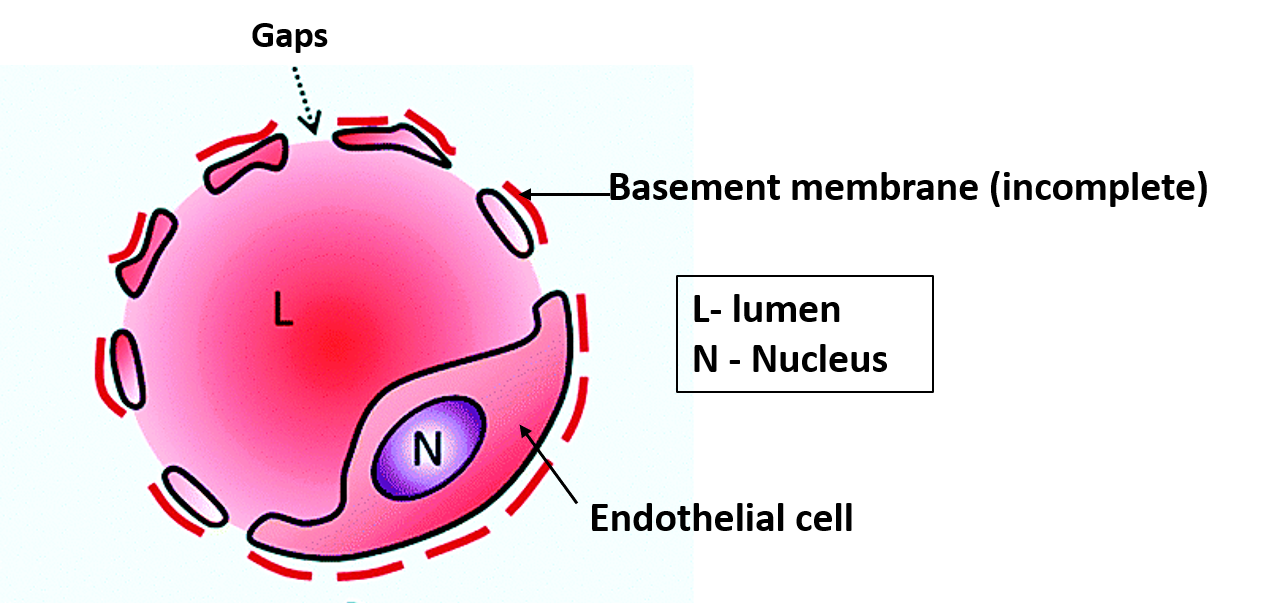Advertisements
Describe Capillaries.
Capillaries
- They are the smallest vessels, their avarage diameter is ` 8 µm.
- Referred as exchange vessels , because they are involved in exchange of gases nutrients and metabolites between blood and tissues.
- Their walls consist of endothelial cells and basement membrane.
What are the Different Types of Capillaries?
There are two types of capillaries:
Continuous capillaries
- These are the commenest type of capillaries.
- Endothelial cells form continuous lining.
- They are present in connective tissue, muscle , brain, lung, exocrine glands
Fenestrated capillaries
- These capillaries have tiny pores in the endothelial cells.
- The pores closed by thin diaphragm.
- They are found in endocrine glands, small intestine and renal glomeruli.

What are sinusoids?
Sinusoids are wide capillaries which have a fenestrated or discontinuous endothelium.There are gaps between endothelial cells (basement membrane is incomplete).
- Their diameter is about 30-40 µm.
- Phagocytic cells may be seen in the wall.
- They are present in liver, spleen, adrenal medulla and bone marrow.

Name the Sites Where Sinusoids are Found.
Sites where sinusoids are found are:
• Liver
• Spleen
• Bone marrow
• Anterior pituitary gland
What are the Differences Between Capillaries and Sinusoids?
Following are the differences between capillaries and sinusoids
| Capillaries | Sinusoids | |||||
|---|---|---|---|---|---|---|
| Narrow and regular lumen | Wider and irregular lumen | |||||
| Lined by only endothelial cells | Lined by enothelial and phagocytic cells. | |||||
| Basal lamina is continuous | Basal lamina not continuous | |||||
| Diameter of lumen (7-9um) | Diameter of lumen (30-40um) |

Perfect